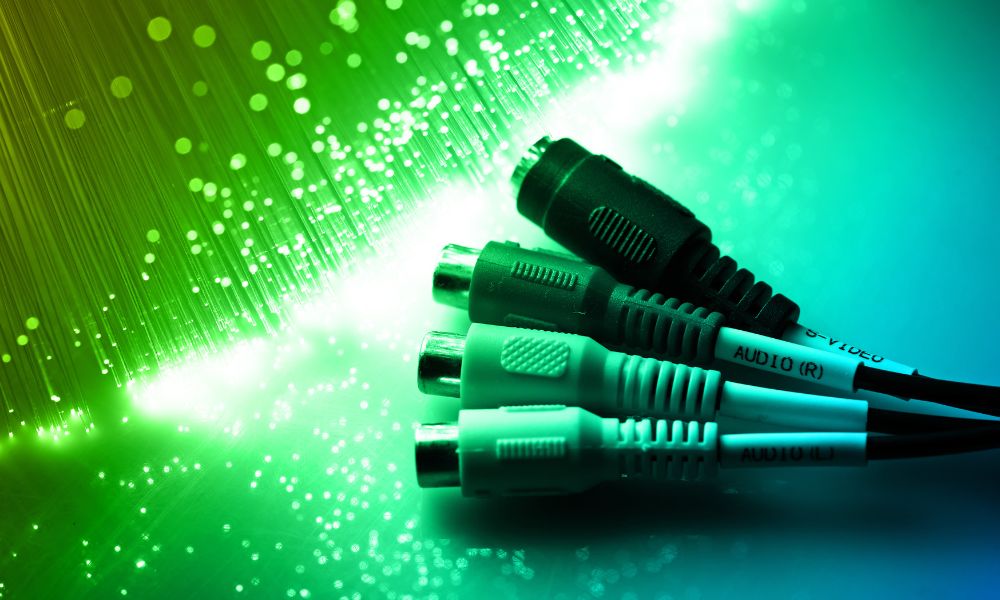
Cable technology has changed a lot over the past few decades, and the most notable are analog and digital varieties. These cord types have significant differences, and understanding them can help you make the best decision for your network.
Analog Cables
Analog cables are common in audio and video applications. In analog signaling, information translates into electric pulses of varying amplitude. An electric signal corresponds to the light or sound it carries, creating a near-perfect replication of the original signal.
Analog cords deliver high-fidelity sound and visual output, capturing the nuances of the source material. However, they are susceptible to interference and signal degradation over long distances. Consider your cord length needs before adding these cords to your network.
The Use of Analog Cables
Musicians and sound engineers often prefer analog cables for their ability to capture the depth of musical instruments. Analog cables are common in older televisions, radios, and other legacy devices.
Analog cables, like VGA cords, connect video devices. Despite the susceptibility to noise and signal degradation, the ongoing use of analog cables confirms their significance in applications where fidelity trumps all other considerations.
Digital Cables
Digital cables use digital signaling, where data transforms into a code of zeros and ones. This binary code transmits as on-off electrical pulses. Digital cables can resist noise and signal degradation, as they differentiate between the presence and absence of a signal, not its amplitude or frequency. Digital cables, such as HDMI and DVI, are popular in modern multimedia devices like computers, gaming consoles, and high-definition televisions. They deliver crystal-clear sound and high-resolution visuals, making them the go-to choices when quality is essential.
The Use of Digital Cables
Digital cables have many applications; the USB (Universal Serial Bus) is the backbone for connecting peripheral devices like printers, scanners, and external storage devices to computers.
These cables facilitate swift data transmission and create reliable connections. With the advent of USB-C, digital cables can transmit power. Many electronic devices need these cords to charge!
Which Cable Is Best for Your Network?
When comparing digital and analog cables for networking, you should consider these differences. Analog cables, although older than digital cables, are sufficient when complete data integrity is not a requirement.
However, digital cables are standard for modern networks due to their superior performance, resilience, and reliability. These perks make them ideal for networks where connectivity is essential.
Cables are useful in many applications. It’s essential to know the differences between analog and digital cables for the best connection in your network and the assurance that you have the best technology.



